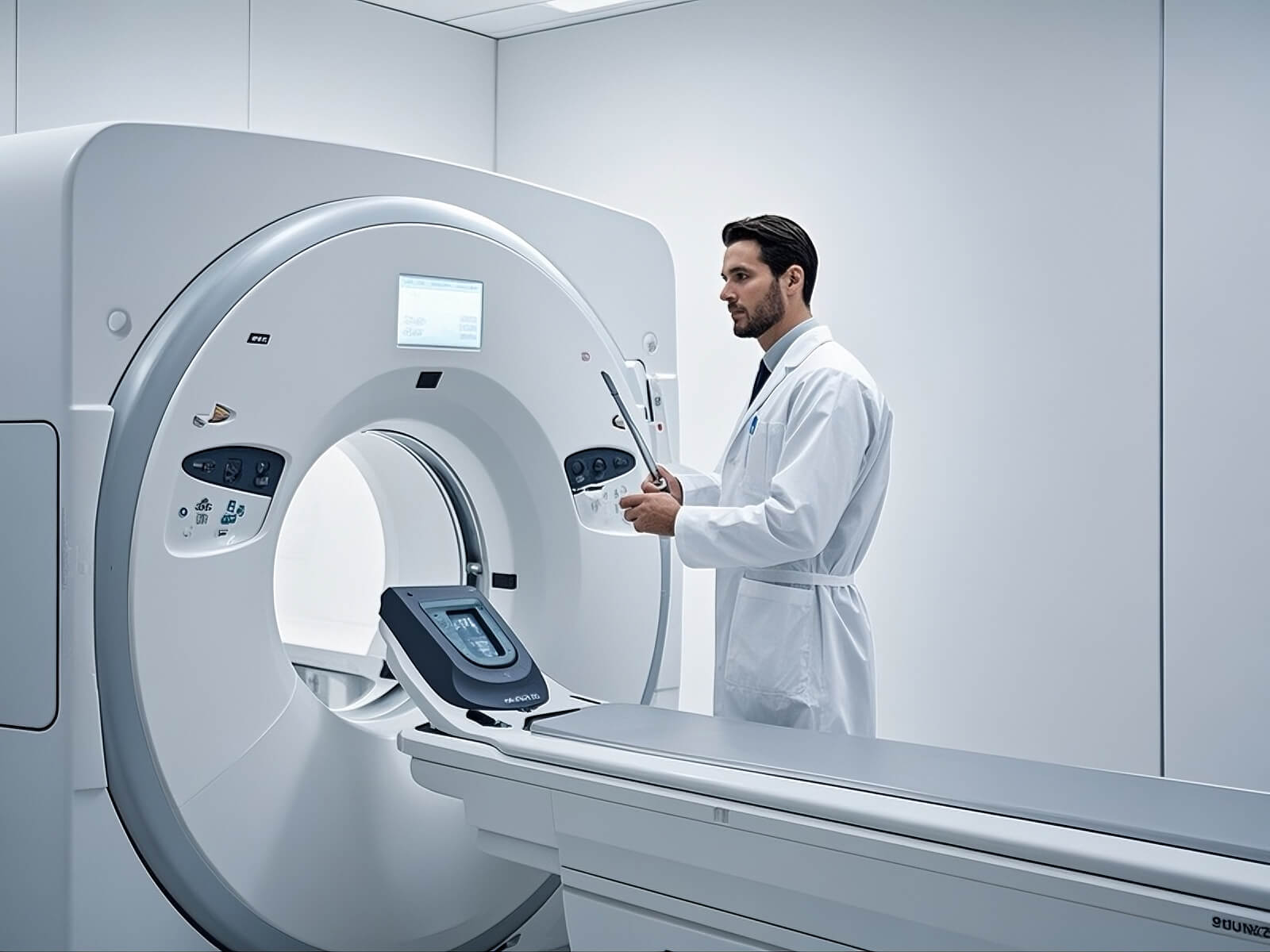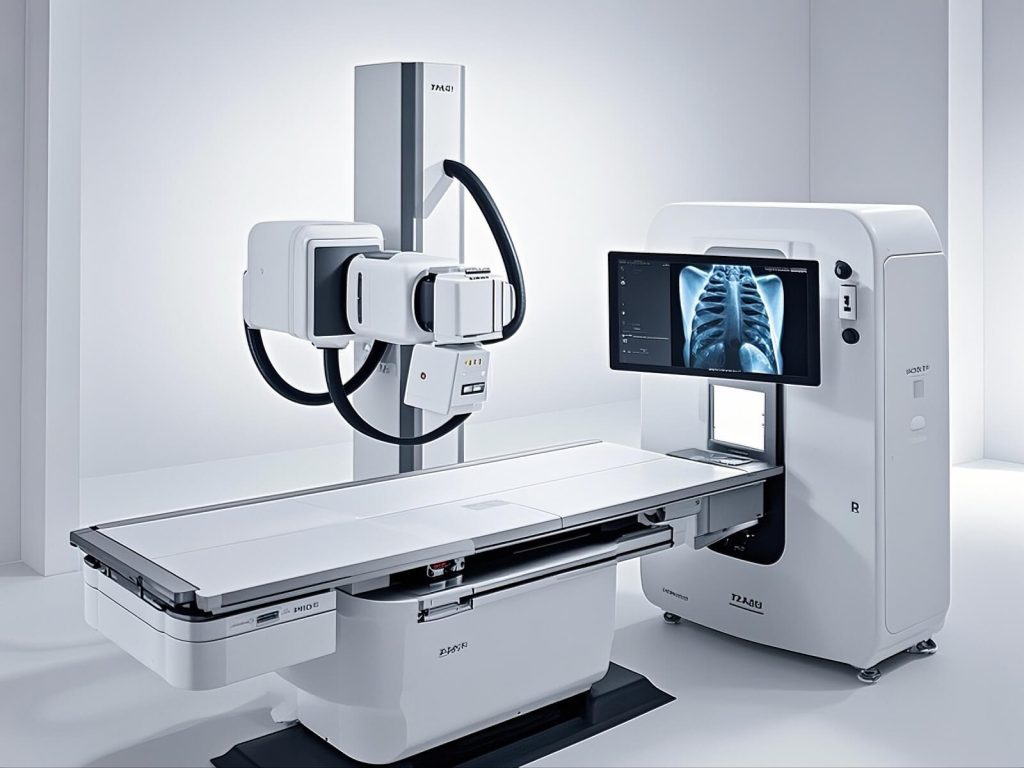

MRI is too expensive, change it to CT!”
“I want to have a thorough examination. Let’s have an MRI of the whole body.”
“X-ray and CT which radiation?”
The staff of the physical examination customer service center encounter similar problems every day.
Many people on CT, MRI, X-ray film is not clear
Today we will clarify the difference between them and the radiation problem.
It’s all about filming. What’s the difference between the three?
MRI, CT, X-ray, the difference between these three “films” mainly lies in the imaging principle, because the imaging principle is different, suitable for different diseases.
If the body is compared to food, then these three can be compared:
Magnetic Resonance Imaging (MRI)-Shaking Drink
As a new imaging technique, magnetic resonance imaging is widely used in clinical diagnosis and scientific research. The principle of nuclear magnetic resonance is equivalent to shaking by hand to vibrate water molecules, then calm down and feel the vibration inside. Therefore, it is also jokingly called shaking inspection.
CT-slice of bread cut
Using X-ray beams to pass through the human body in layers, and then through computer calculations and secondary imaging, it is like cutting a piece of bread into slices. The advantage is that it can be seen in layers, and more organizational information can be displayed after calculation.
X-ray-a flattened slice of bread
X-rays will pass through the human body. Although the fiber texture inside cannot be seen, it will be clearer when it is crushed by hand. The biggest disadvantage of light is that the images of the subject tissue overlap and hide each other, sometimes requiring multiple multi-angle X-rays.

The advantages and disadvantages of nuclear magnetic resonance, CT and X-ray?
nuclear magnetic resonance
Advantages:
No ionizing radiation, with high soft tissue contrast resolution, no bone artifact interference. The examination of the nervous system, head, cervical spine, thoracic spine, lumbar spine, limbs and other parts has unique advantages. The biggest advantage is that it can not only show the diseased tissue, but also reflect the physiological and biochemical information in the function and metabolism of living tissue.
Disadvantages:
Special population can not accept MRI examination, such as: critically ill patients, with cardiac pacemaker, artificial eye, left metal objects in the body and can not match.
CT
Advantages:
For acute hemorrhage, bone calcification showed clear, diagnosis of lesions within the ossification, calcification and bone deformity has a greater advantage, lung CT scan of the chest, lung, mediastinum masses such as easy to detect.
Disadvantages:
CT scan for soft tissue imaging clarity and resolution is not high, will produce a certain amount of ionizing radiation.
X-ray
Advantages:
For the treatment of traumatic bone, etc., the film is fast, cheap, and widely used.
Disadvantages:
X-ray imaging contrast is poor, fine structure can not be identified, will produce a certain amount of radiation.
Questions about radiation?
When it comes to making films, many people are deterred: “there is radiation, can not do it or not to do it!”
In fact, the radiation from the imaging examination is not as terrible as everyone thinks. Nuclear magnetic resonance (MRI), there is no ionizing radiation, its principle is an artificial magnetic field, the use of electromagnetic wave signal imaging, no radiation, no ionizing radiation on the human body, no clear harm to the human body.
The low-dose spiral CT equipment used for physical examination, the radiation dose is about 0.2-0.5mSv, which is almost the dose of 10 chest radiographs.
The radiation dose for X-ray examination is about 0.02-0.1mSv,
It’s about the same amount of radiation as a plane ride.
X-rays are generally safe.
Which test is better? !
In fact, these three checks have their own advantages and disadvantages, there is no substitute.
Their principles and adaptive symptoms are different.
For example, from different conditions
Traumatic Bones-Coarse X-ray, CT
Cervical vertebrae and lumbar vertebrae-preferred MRI, secondary CT
Chest-roughly understand and look at X-rays, carefully analyze and select CT
Lung-lung examination preferred CT
Ischemic lesions-MRI first, CT second
Craniocerebral nerve examination-MRI has its unique advantages for craniocerebral examination, and CT is the second choice.

